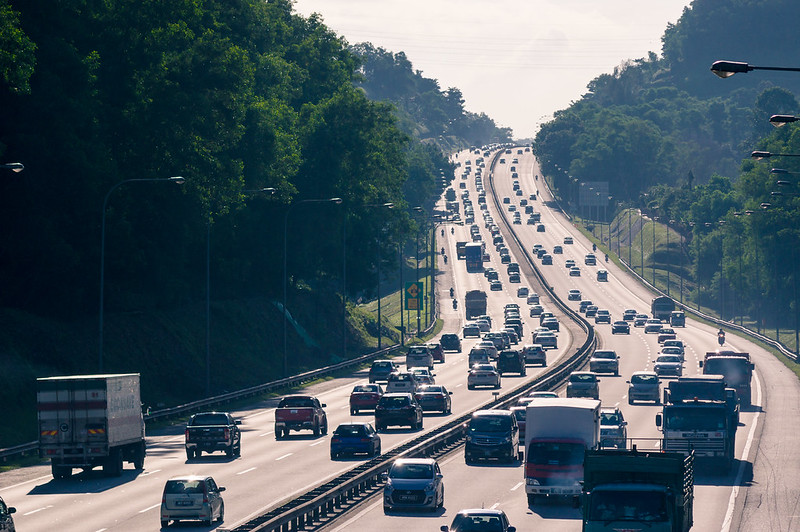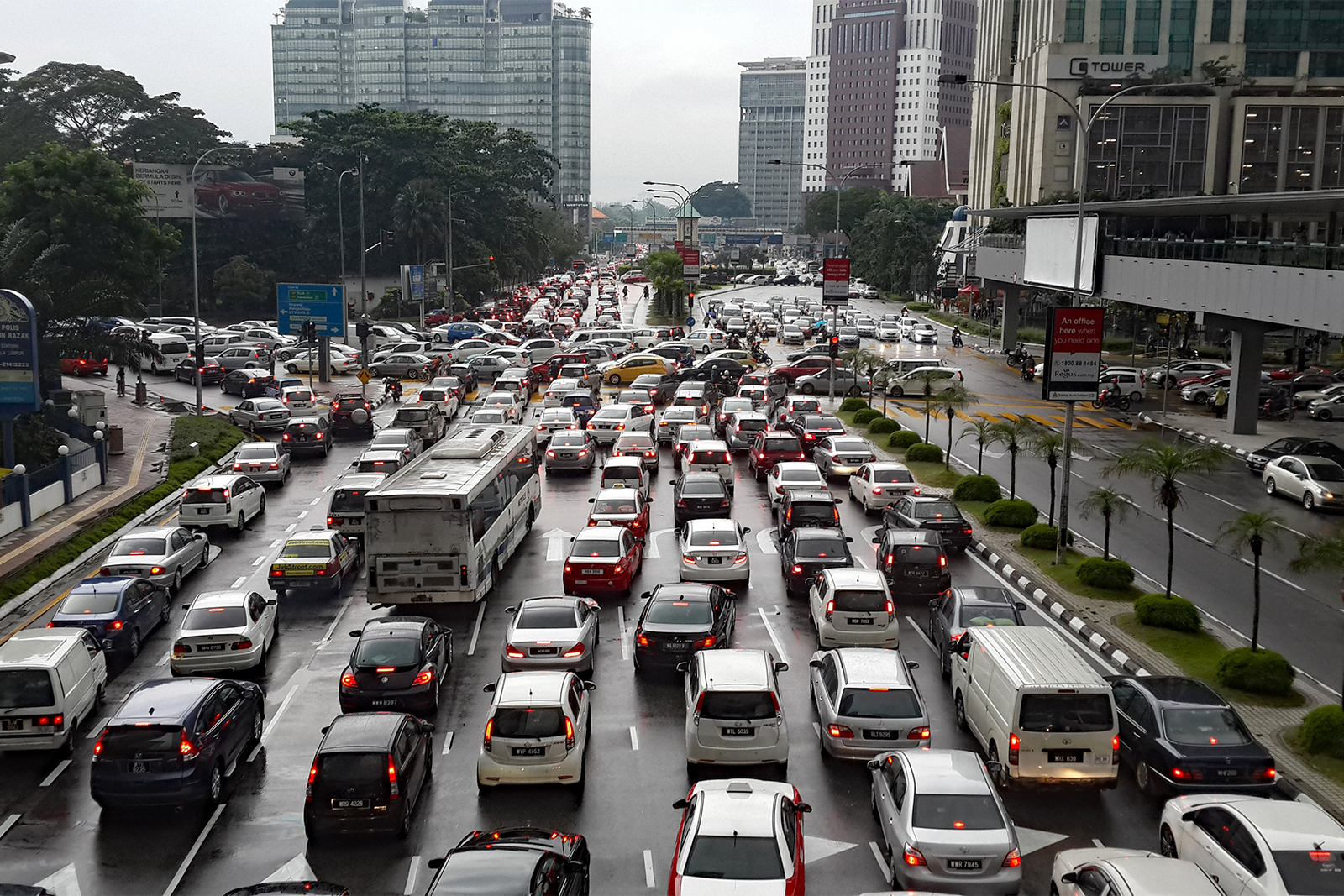According to Jalaluddin, the city’s traffic light system is managed by two different companies that must communicate with each other to make sure the traffic lights are synchronised for routes of entry and exit in the city. If need be, the deputy minister said that the city might no longer use different systems. Another factor that will be looked into is the entry of heavy vehicles into the city, as well as traders in unauthorised locations and irresponsible road users. However, as pointed out by paultan.org, heavy or slow-moving vehicles are already prohibited by law from getting on the road during peak hours in KL. Not giving a timeline, Jalaluddin said the results of the study would be tabled at the Federal Territories Ministry’s Post-Cabinet meeting. He added that this solution might not completely solve traffic jams, but should be able to keep the situation from getting worse. A recent report by MalaysiaKini using the Tomtom Traffic Index showed that congestion in the city has gotten worse now than it was pre-COVID, with as much as 74% higher congestion in the morning than regular levels. This could partly be attributed to the country’s recent entry into the endemic transition phase, where more people are returning to the office and children commence in-person schooling. To address the issue in the long-term, the government has approved three new highways for Klang Valley, though the Works Minister admitted that even this might not solve traffic congestion. The longer travel times caused by traffic jams — as well as a reduced number of drivers — have also led to e-hailing prices skyrocketing, though the government has clarified that it will not regulate fares as it is a free market. (Source: Bernama)

